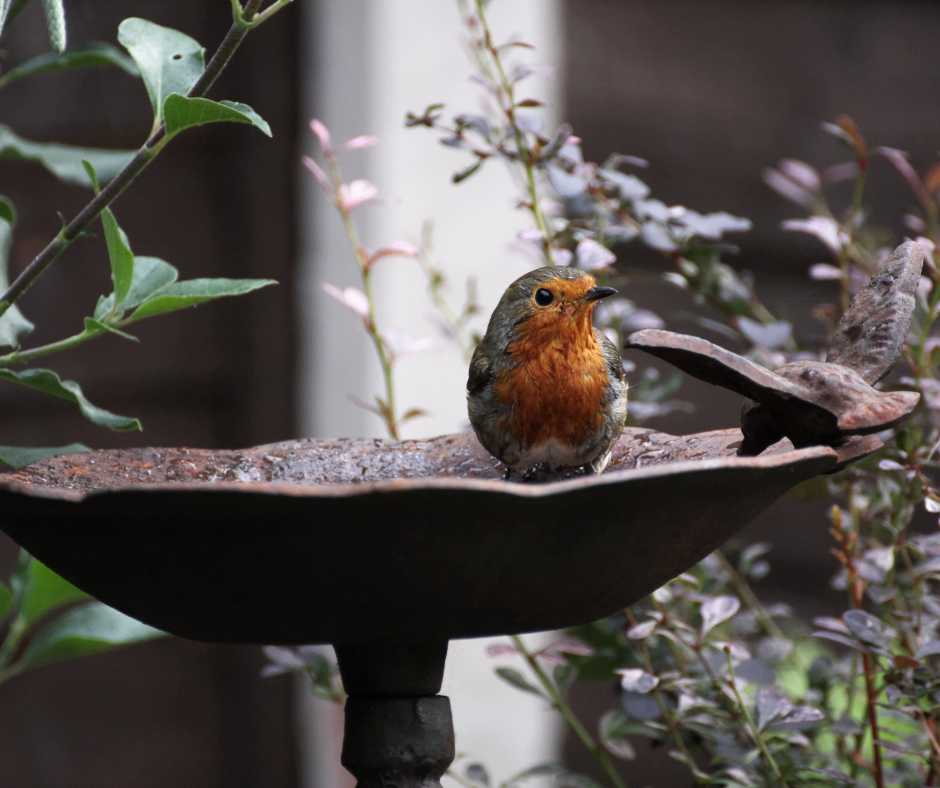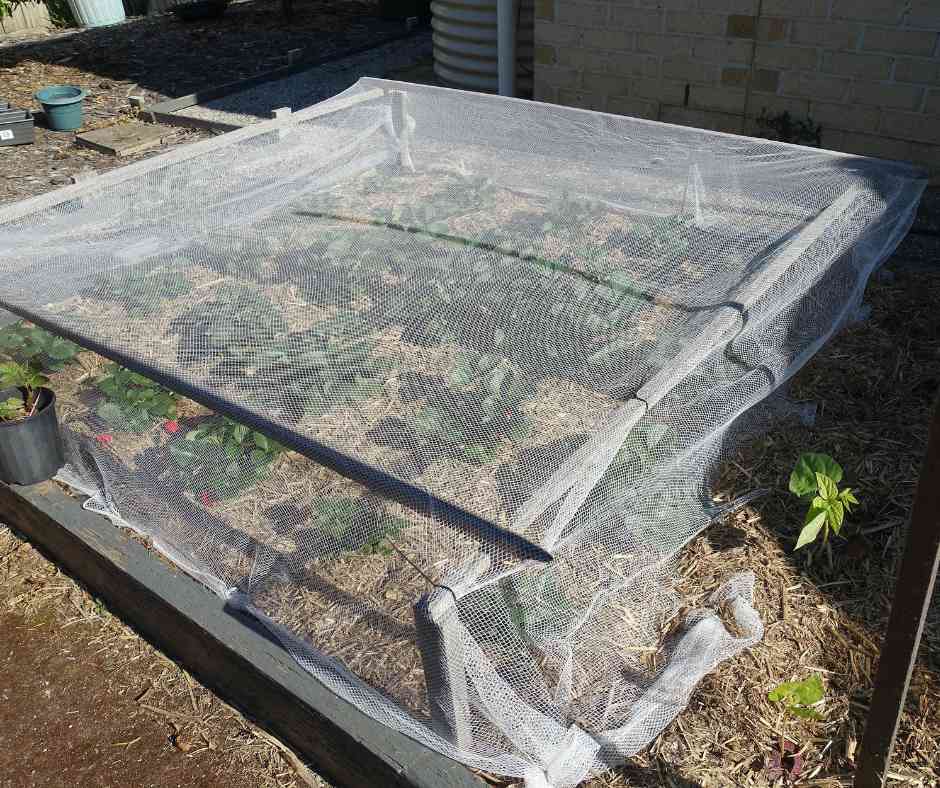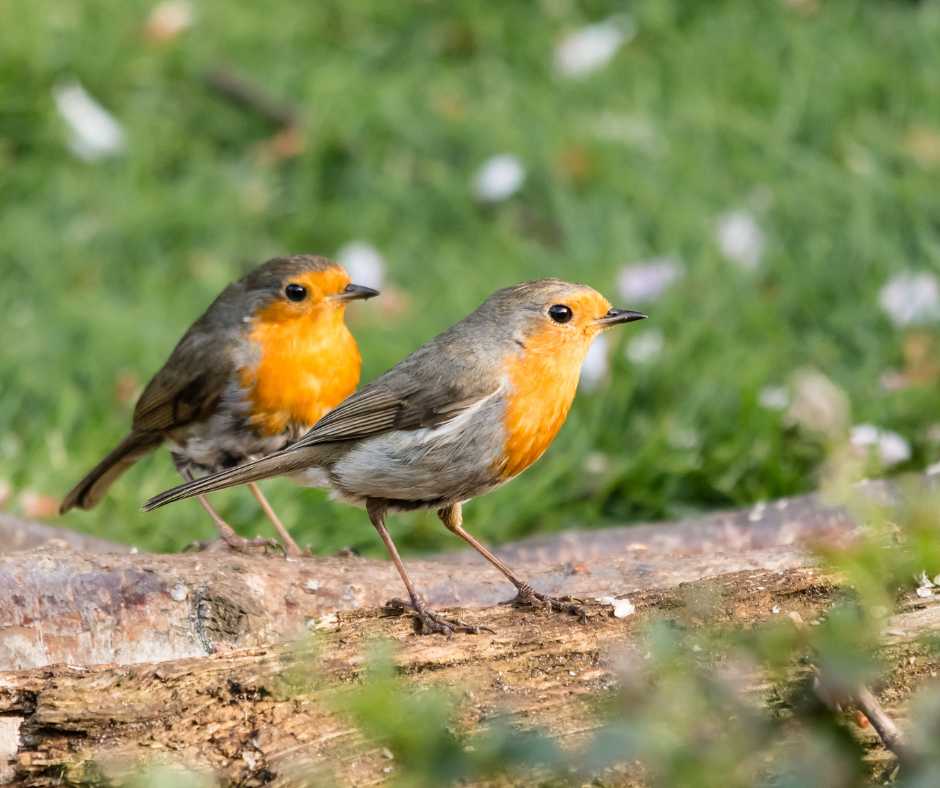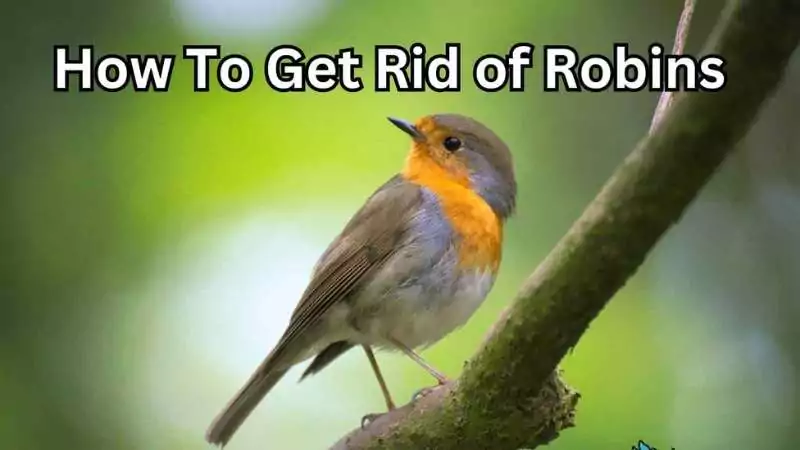Are you playing host to some uninvited feathered guests lately? Yes, I’m talking about those chirpy little robins that love your porch or garden a tad too much. While it’s a joy to watch these beautiful birds flit about, things can get a bit too personal when they decide to move in.
Don’t worry, though; in this guide on how to get rid of robins, we’ve got you covered with friendly, legal, and, importantly, bird-friendly ways to encourage them to find a new hangout spot without causing any harm.
In this blog, we’ll explore why robins like to hang out at our places and how the time of year changes their behavior, like where they live and what they eat. We’ll show you seven ways to make robins move on without being mean, ensuring we can all live together. You’ll find helpful hints, some funny bits, and ideas on how to make your yard a good place for birds without letting them take over.
Let’s find a way so people and birds can live happily together.
Decoding Robin Behavior: Why They Choose Our Homes
Why do robins, those charming spring heralds, seem to zero in on our homes for their nesting and feeding frenzy? Our backyards are like all-inclusive resorts for these red-breasted visitors. By diving into the world of robins, we can better understand how to live in harmony, respecting both their needs and ours.
Insights into Robin Attraction
Your garden is more than a splash of color or a hobby; it’s prime real estate to a robin. Here’s why:
- The Perfect Buffet: Your yard might as well have a neon “Open” sign for robins. Worms, insects, and berries? Check, check, and check. These food sources are like a magnet for robins, especially when they’re ripe for the taking.
- Cozy Nesting Spots: That overgrown bush or the eaves of your porch? Five-star accommodations for a Robin family. These spots offer shelter from predators and the elements, making them ideal for raising their young.
- Watering Holes: Bird baths or even that dripping outdoor faucet create perfect spots for robins to drink and bathe, rounding out the amenities of your backyard resort.

Seasonal Behaviors and Migration Patterns
Understanding a robin’s calendar can give us insights into their behavior:
- Spring Fever: Come spring, robins are looking for the best nesting sites to start their families. This is when they’re most likely to visit your home, drawn by the availability of food and nesting materials.
- Summer Living: Throughout the warm months, robins are busy raising their broods, often producing several generations before the season ends. Your garden’s continuous supply of food and water supports their growing families.
- Fall Migration…Or Not?: While some robins migrate south for the winter, many stick around if food sources remain plentiful. Your yard could be their winter retreat, offering shelter and sustenance through the colder months.
- Winter Residents: Those robins that stay behind in winter switch their diet mainly to berries since worms and insects are harder to find. They might be less visible, but they’re still around, counting on the berries in your garden to get them through till spring.
By tuning into the needs and habits of robins, we can find ways to coexist peacefully. Whether adjusting our gardening practices, setting up bird feeders, or marveling at their seasonal routines, there’s room for everyone in our outdoor spaces. Remember, a little understanding goes a long way in fostering a backyard community where robins and humans can thrive.
How To Get Rid of Robins: 7 Tips to Follow
Robins, with their bright red chests and cheerful songs, can bring a smile to anyone’s face. But when they decide your porch is the new trendy spot in town for all their friends, it might be time for some gentle persuasion to encourage them to hang out elsewhere. Here’s how you can do this without ruffling too many feathers.
Step 1: Modify Their Food Sources
Robins are like little feathered food critics, always looking for the next best dining spot. If your yard is their five-star restaurant, it’s time for a menu change. Start by securing your trash cans and compost bins because, believe it or not, they might be coming for the worms or leftovers. And those berry bushes that look so pretty? They’re like a robin magnet. Consider netting over the bushes or choosing plant varieties that could be more appealing to our red-breasted friends.

Step 2: Dismantle Existing Nests (When Legal)
Finding a robin’s nest in your yard can feel like discovering a hidden treasure—until you remember that with nests come baby robins and a lot of noise. Before you think about moving a nest, quickly check your local wildlife laws. If it’s all clear and the nest is empty, gently relocate it. Remember, it’s all about being respectful to these little homebuilders.
Step 3: Install Physical Barriers
Imagine putting up a polite sign in your yard that says, “No Vacancy.” That’s what you’re doing when you install screens or netting. It’s a gentle way to tell the robins to fly to the next rest stop. Place them around your porch, garden, or any place you’ve noticed they love to hang out.
Step 4: Utilize Natural Repellents
Who would have thought that the same chili peppers that add a kick to your dinner could also keep robins at bay? Mixing water with crushed chili peppers and spraying it around your garden can make robins think twice about visiting. It’s like telling them, “This party’s too spicy for you.”
You may also read: Best Bird Deterrent
Step 5: Implement Visual and Auditory Deterrents
Have you ever noticed how robins seem to vanish when sudden movement or noise occurs? That’s your cue. Hanging old CDs, aluminum foil strips, or a wind chime can create enough movement and sound to encourage robins to seek a quieter neighborhood. It’s like having a party they’re not invited to.

Step 6: Limit Nesting Opportunities
Robins look for cozy, hidden spots to build their nests. If your yard is too welcoming with its lush bushes and dense canopies, it might be time for some gardening. Trimming down trees and bushes tidies up your yard and sends a message that the Robin B&B is closed for the season.
Step 7: Create an Alternative Habitat
If you’ve got the space, why not set up an area in your yard that’s a bit away from your house where robins can happily feast and nest? Plant some berry bushes, add a bird bath, and watch from a distance as they enjoy their new hangout spot. It’s like moving the party to the backyard so you can have some peace.
Trying these steps feels like playing a strategy game with the robins, but remember, it’s all in good fun. Not every method will work for every robin (they’re clever little creatures, after all), but with patience and creativity, you can find a solution that keeps everyone happy. And who knows? You might end up with the best of both worlds: enjoying the beauty of robins without having them as overly close neighbors.
Special Considerations for Close Encounters
Sometimes, our feathered friends might get a bit too comfy, thinking your porch is the new branch on the block. If a robin gets too close for comfort or decides your home is the spot for their next architectural venture, don’t fret. There’s a way to navigate these close encounters with kindness and respect for our winged companions.
Handling Immediate Threats
What do you do when a robin goes from being a casual visitor to acting like it owns the place? First off, stay calm. Robins might display bold behavior or swoop near you as part of their natural protective instincts, especially during nesting season. Here are a few steps to keep things peaceful:
- Distract and Deter: Sometimes, it takes a little distraction to encourage a robin to keep its distance. Placing shiny objects or mirrors away from the area you want to protect can capture their attention and lead them elsewhere.
- Create a Barrier: If a robin is persistently trying to nest in an area too close for comfort, gently creating a physical barrier can help. This could be as simple as temporarily covering the spot with netting or cloth until they decide to relocate.
- Offer an Alternative: Place a nesting box or platform in a part of your yard away from your main living spaces. Sometimes, offering a better option is all it takes to solve the problem.
Legal and Safe Nest Removal
Discovering a robin’s nest on your porch can feel like a privilege until you remember your morning coffee comes with a side of bird chatter. Here’s how to handle a nest that’s too close for comfort:
- Check Local Wildlife Laws: Before you make any moves, knowing what’s legal in your area is crucial. Many places have specific regulations protecting birds and their nests.
- Timing is Everything: If the law allows for nest removal, ensure the nest is empty. Robins can have multiple broods per season, so wait until you’re sure the family has flown the coop.
- Relocate with Care: If you can legally move the nest, do so with the utmost care. Use gloves to protect yourself and the nest, and place it in a nearby tree or shrub if possible. The goal is to disturb as little as possible.
Dealing with robin’s up close means being patient, understanding, and creative. The aim isn’t to get your space back but to do it in a way that is kind to the birds and how they live. Following these careful steps ensures your family and the robins can share your outdoor area peacefully.
Beyond Deterrence: Fostering a Wildlife-Friendly Environment
Creating a balance between enjoying robin sightings and maintaining personal space is key. While it’s essential to deter them from getting too close, we can still appreciate the vibrancy they add to our yards.
Robin Lifecycles and Seasonal Patterns
Robins have a predictable yearly cycle. Spring is for nesting, summer is for feeding, fall is for preparing for winter, and some may migrate or stay for the colder months. Knowing this helps us prepare our yards to discourage nesting near our homes while providing a welcoming environment for these birds.
Ethical Wildlife Watching
Enjoying robins doesn’t mean they must nest right by your living room window. Setting up a birdwatching area away from your house with bird baths and feeders can attract robins without inviting them too close. This setup allows you to observe and enjoy these birds while keeping a respectful distance.

To sum it up, if we learn about robins’ ways and make a particular spot for watching them, we can have fun seeing them around without giving up our space. This way, we all get along with nature, enjoying the pretty robins while keeping good space between us.
People Also Asked
What should I do if a robin builds a nest in an inconvenient spot?
Check local wildlife laws first; gently relocate the nest if it’s safe and legal.
Will robins leave if there’s no food available?
Yes, modifying their food sources can encourage them to find a new hangout spot.
How can I enjoy robins without them nesting too close?
Create a habitat for them further away from your house where you can watch them without them being a nuisance.
Is it true that chili peppers can keep robins away?
Indeed! A spray made from chili peppers and water can be a natural repellent.
How long before Robins decides to move on?
If you’ve made your property less inviting by removing food sources and nesting spots, they’ll likely move on within a few days to a week.
Wrap Up
Finding harmony between robins and humans in our shared spaces is key. By applying humane strategies, we can encourage robins to keep a comfortable distance, allowing us to enjoy their presence without disrupting our homes. It’s about mutual respect—creating a peaceful environment where we and the robins can thrive.
Let’s embrace these methods for a balanced, robin-friendly environment. Here’s to coexist happily with our feathered neighbors!

